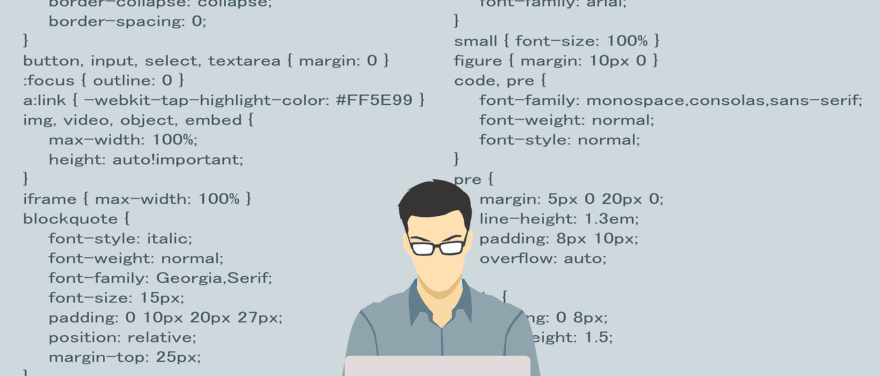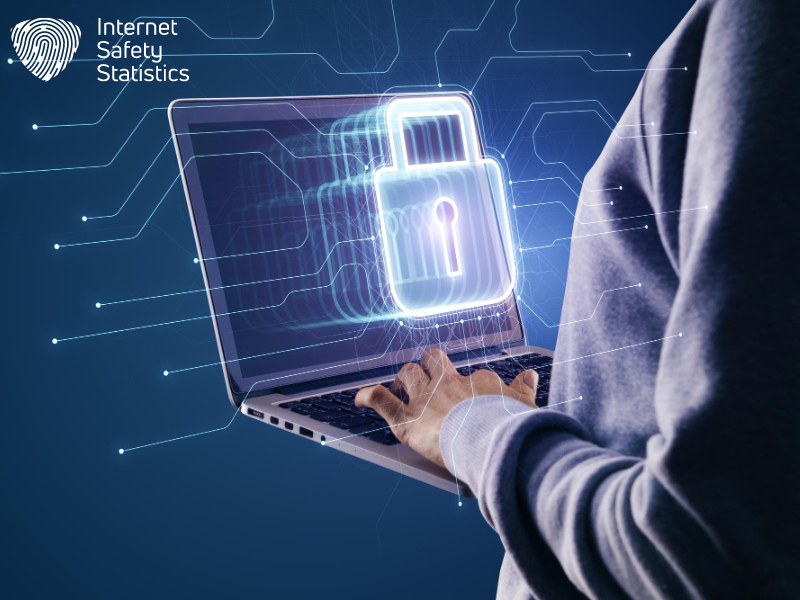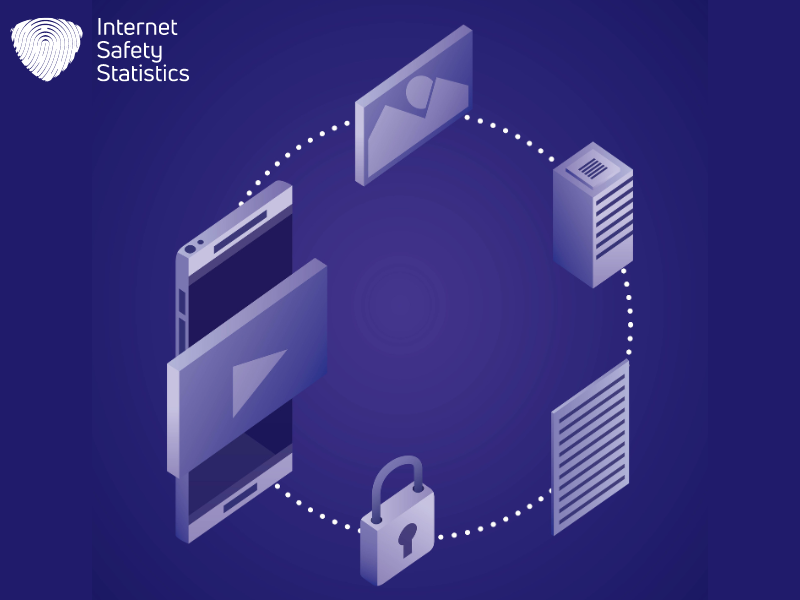
In this digital age, data encryption stands as a critical shield against the pervasive threat of data breaches. By converting data and text into ciphertext, encryption renders information unreadable to anyone without the proper authorisation, thus safeguarding sensitive data from unauthorised access or tampering. Whether it’s personal, financial, or business data traversing digital networks, encryption ensures privacy and security by protecting data as it travels along various internet connections. Secure servers employ encryption to shield data from detection until it safely reaches its destination, where it can be decoded and accessed by authorised parties.
Data encryption’s significance lies in its role as the cornerstone of trust in digital interactions. It assures individuals and organisations that their confidential information remains inaccessible to unauthorised entities, fostering confidence in online transactions and communications. Employing diverse encryption methods such as symmetric and asymmetric encryption, data encryption fortifies digital exchanges by providing robust security measures against cyber threats. Through its implementation, encryption serves as a formidable defence, ensuring the integrity and confidentiality of data in an increasingly interconnected digital landscape.
When to Use Data Encryption

First things first, we need to know in which situations you can make use of data encryption. Data encryption serves as a critical tool for protecting sensitive information in various scenarios. Files that are sent across several different communication or internet channels must be encrypted at a different level to prevent hackers and other outsiders from snagging the information. Encryption codes can range from very simple to extremely complicated, depending on the level of protection that is required. For example, a home-based internet connection may have the simplest form of encryption, providing only the basic forms of protection.
A financial institution or government agency that deals with highly sensitive and confidential information may use firewalls, dividers, passcodes, and information locks to protect information and prevent it from being retrieved by unauthorised personnel.
Here are several cases where data encryption is commonly used:
Data Storage
Encrypting data at rest, whether it’s stored on servers, databases, or in the cloud, helps prevent unauthorised access to sensitive information in case of a security breach or physical theft of storage devices.
Data Transmission
Encrypting data in transit ensures that information remains secure as it travels between devices, networks, and systems. Data encryption protocols like SSL/TLS are commonly used to secure communication channels, such as web browsing, email, and messaging apps.
Mobile Devices
Encrypting data stored on mobile devices, such as smartphones and tablets, protects sensitive information like personal contacts, messages, and financial data from unauthorised access in case the device is lost, stolen, or compromised.
Cloud Services
Encrypting data stored in cloud services adds an extra layer of security, ensuring that even if the cloud provider’s infrastructure is breached, the data remains protected from unauthorised access.
Database Encryption
Encrypting databases, both at rest and in transit, safeguards sensitive information stored in databases, such as customer records, financial transactions, and intellectual property, from insider threats and unauthorised access.
File Encryption
Encrypting individual files or folders on endpoints or network drives protects sensitive documents, spreadsheets, and other files containing confidential information from unauthorised access, especially in shared environments.
Email Encryption
Encrypting email messages and attachments protects sensitive information shared via email from interception and unauthorised access. Encrypted email solutions enable secure communication for businesses and individuals handling sensitive data.
Compliance Requirements
Data encryption is often required by industry regulations and data protection laws, such as GDPR, HIPAA, and PCI DSS, to ensure the security and privacy of sensitive information and mitigate the risk of data breaches and non-compliance penalties.
On both a personal and commercial level, several types of information should be protected at all times. This includes:
- Legal information
- Credit/debit card information
- Credit reports
- Asset inventory
- Bank account information, such as numbers, statements, and money transfers
- Patient/medical records
- Student information, such as grades, transcripts, and financial aid information
- Driver’s license numbers and insurance policies
- Personal information, such as date of birth, social security numbers, and military records
Different Forms of Data Encryption

Data encryption comes in various forms, each tailored to specific security needs and technological contexts. Let’s discuss the most common types.
Symmetric Encryption
Symmetric encryption, also known as secret-key encryption, operates using a single key for both encryption and decryption processes. The key must be securely shared among communicating parties prior to data exchange. Common symmetric encryption algorithms include AES (Advanced Encryption Standard) and DES (Data Encryption Standard). Symmetric encryption is valued for its efficiency and speed, making it ideal for encrypting large volumes of data quickly. However, securely distributing the key poses a challenge, particularly in scenarios involving multiple parties.
Asymmetric Encryption
Asymmetric encryption —also referred to as public-key encryption— relies on a pair of keys: a public key for encryption and a private key for decryption. The public key is freely distributed and used by anyone to encrypt messages, while the private key remains secret and is used by the intended recipient to decrypt the messages. Popular asymmetric encryption algorithms include RSA (Rivest-Shamir-Adleman) and Elliptic Curve Cryptography (ECC). Asymmetric encryption addresses the key distribution problem of symmetric encryption and enables secure communication channels and digital signatures.
Hashing
Hashing converts data into a fixed-length string of characters, known as a hash value, using a hashing algorithm. The process is one-way and deterministic, meaning the original data cannot be retrieved from the hash value. Hashing is commonly used for password storage, digital signatures, and data integrity verification. Notable hashing algorithms include SHA-256 (Secure Hash Algorithm 256-bit) and MD5 (Message Digest Algorithm 5), although MD5 is now considered insecure for cryptographic purposes due to vulnerabilities.
End-to-End Encryption (E2EE)
End-to-end encryption (E2EE) ensures that data is encrypted on the sender’s device and remains encrypted until it reaches the recipient’s device. This method prevents intermediaries, including service providers and network administrators, from accessing the plaintext data. E2EE is commonly used in messaging apps like Signal and WhatsApp to protect user privacy and confidentiality.
Transport Layer Security (TLS)
TLS is a cryptographic protocol utilised to secure communication over networks such as the Internet. It guarantees data confidentiality, integrity, and authenticity between communicating applications. TLS employs symmetric and asymmetric encryption algorithms, in addition to digital certificates, to establish secure communication channels.
Homomorphic Encryption
Homomorphic encryption enables computations to be performed on encrypted data without decrypting it first. This capability allows for secure data processing while preserving privacy, making it suitable for sensitive applications like medical data analysis and cloud computing.
Quantum Encryption
Quantum encryption leverages principles of quantum mechanics, such as quantum key distribution (QKD), to secure communication channels. QKD protocols enable the exchange of cryptographic keys with unconditional security, offering resistance against quantum computing attacks.
Each form of encryption has unique advantages, limitations, and use cases, depending on specific security requirements and technological considerations. Understanding these encryption methods is crucial for implementing effective data protection strategies.
Why Data Encryption Is Vital to Privacy
Identity theft is a global problem. Individuals from across the world can hack into an individual’s account, no matter where they are located. Data encryption is the easiest way to protect information and keep it secure and out of the hands of online predators. Billions of dollars are lost each year because of hacked accounts and stolen financial information.
Individuals have had their credit stolen because they did not properly protect their financial information. Many have even gone to jail or spent time in prison for fraud because they could not prove they were not involved. Hackers have the skills and talents to make it look like the actual person is committing the fraud even when they are innocent.
The easiest and most efficient way to protect yourself from becoming a victim of identity theft and fraud is to encrypt all of your data. Protecting yourself and your information can keep you from having to prove your own innocence if your identity is ever stolen or jeopardised in any way. All computers and electronic devices come equipped with modest encryption programs. It is important to understand how they work and to use them at all times, especially if your personal computer, laptop, or tablet contains sensitive and confidential information. Taking a few minutes to encrypt your devices and protect your data can mean the difference between financial security and major financial loss.
Final Tips
There are several ways you can encrypt your own data:
- Use passwords that are at least 10 to 15 characters long. Make sure they contain both upper and lower case letters as well as a number or symbol.
- Encrypt your entire hard drive. The easiest way to accomplish this is to put an administrative password on your computer. This means that as soon as the screen opens up, a password will be required before you can even access the start menu. This protects the entire system and prevents hackers from getting into your information if your computer is left connected to an internet server for long periods of time.
- Encrypt thumb drives and discs. Using a program like BitLocker allows you to protect external devices as well. When you plug in the drive or insert the disc, you will immediately be asked for a passcode. Without it, the information will be inaccessible.
- Encrypt your internet server by adding a VPN. This is a personally chosen password or the serial number of the modem being used to access the internet channel.
- Encrypt any cloud storage resources you may use. Dropbox, Google, and other third-party cloud storage systems should also be password protected. This prevents others from accessing any information or photographs you may have stored in an offsite storage cloud or system.
In a world where our lives are increasingly lived online, data encryption emerges as a crucial guardian of our privacy and security. It will definitely give you the peace of mind to navigate the digital world with confidence.
